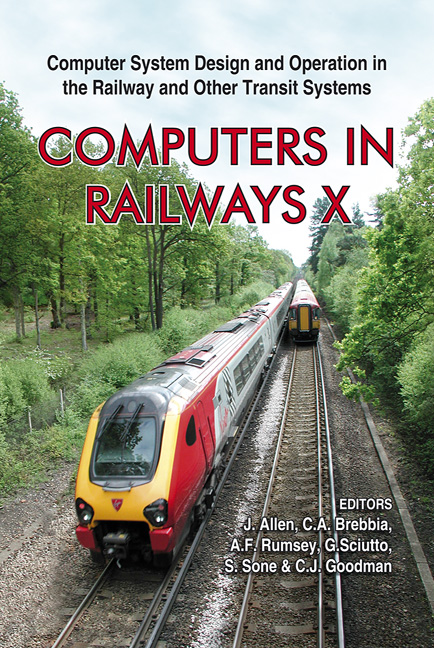A Bilevel Model For Optimizing Station Locations Along A Rail Transit Line
Price
Free (open access)
Transaction
Volume
88
Pages
10
Published
2006
Size
377 kb
Paper DOI
10.2495/CR060031
Copyright
WIT Press
Author(s)
S. Samanta & M. K. Jha
Abstract
The population growth and increase in number of commuters in urban areas give rise to the need to either build or extend a rail transit system requiring: (i) optimization of the alignment of a rail transit line and (ii) optimization of station locations along rail transit lines. The positions of the stations depend on many factors, such as total cost for locating them, proximity from the residential neighborhoods, feasibility studies, and environmental, and political factors. In this paper a bilevel programming approach, which minimizes the total cost, is proposed to solve the station location problem. At the lower level, the potential ridership generated from the major cities or CBDs are estimated by dividing the study area in optimum number of zones, to maximize the usage by the potential riders. At the upper level, the number and location of intermediate stations are determined by minimizing the sum of user, operator, and location costs. The primary components of costs are the costs associated with traveling to the station and in-vehicle travel time, land-acquisition cost (also known as right-of-way cost), and cost of operating the train, construction of stations and parking facilities. The total cost is minimized using a Genetic Algorithm (GA). A Geographic Information System (GIS) is used in order to work directly with maps of the proposed rail-line, existing road networks and transit lines, and land and property boundaries. The population and passenger distribution in the study area as well as the travel times are obtained using a GIS which is integrated to the GA, to obtain the best station locations. The model is applied to decide on the optimum positions of stations along a transit corridor of an artificial case study. The results indicate that one can optimally locate station locations with improved precision if GIS data with sufficient accuracy were available. Keywords: bilevel programming, rail transit station location, genetic algorithm.
Keywords
bilevel programming, rail transit station location, genetic algorithm.





